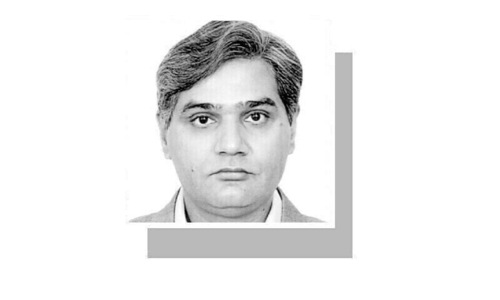RIYADH, Nov 15: The World Energy Outlook issued by the Paris-based IEA has helped ease concerns about the continued productivity and the remaining life of the Ghawar oil field in Saudi Arabia.
The Ghawar field that has been producing well above 5 million bpd for decades has remained at the centre of the recurring oil debate. Proponents of the peak oil theory argued that Ghawar was undergoing rapid depletion implying the world was soon to run out of oil.
Indeed, any rapid depletion in Ghawar would have made a significant impact on the overall global energy balance.
Though Saudi Arabia has over 300 recognised reservoirs yet 90 per cent of its oil comes from the five super giant fields discovered between 1940 and 1965.
Found in 1948, Ghawar accounts for 55-60 per cent of the total Saudi production. Its current proven reserves are 12 per cent of the world’s total reserves.
Thus when friend Fatih Birol announced that he and his team, while compiling their annual analysis of the energy world would also undertake field-by-field analysis of the historical production trends of 800 major oil producing fields of the world, every one realised they were undertaking a Herculean task.
The lack of a properly audited report on major producing fields has been at the centre of the peak oil debate, with the proponents of the theory generating questions about the very production and reserve data, churned out mostly by national oil companies - the likes of Saudi Aramco.
The proponents of the theory, Simmons & Co, have been arguing that Ghawar’s northern regions are almost depleted and that the two other giant fields, Abqaiq and Berri, also seem to have peaked in the 1970s.
He kept insisting that Saudi Arabia wouldn’t be able to sustain production much above the current levels for long - a bleak scenario indeed for the global energy balance.
Although the Riyadh-based International Energy Forum Secretariat (IEFS) was regularly compiling the joint oil data initiative (JODI), many argued that it was, too, dependent upon the data provided by the participating countries themselves.
Auditing the data provided was indeed not mandated to the IEFS and was beyond its scope of work.
On the other hand, Saudi Arabia has been stressing that Ghawar and its other major fields were not undergoing rapid deterioration and depletion.
Amin Nasser, Saudi Aramco’s senior vice-president for Exploration and Production in a recent meeting stressed: “Our strategy is based on a low depletion rate, which is two per cent a year.” Arguing that Aramco replaces every barrel that was produced, Nasser underlined, “We have never failed to replace what we have produced so far, and our exploration programme is expanding year by year.
We would not have put any increments into development if we did not have a minimum of a 30-year plateau, he added.
Contrary to claims from peak oil theorists that water cut at the 5 million bpd Ghawar field has fallen in recent years, Mr Nasser said. “Water cut in Ghawar is 28 per cent, whereas the industry norm for the water cut is 80 per cent.
The IEA report on Ghawar, when seen in the above perspective, is reassuring in many, many ways. The report does not include Ghawar among the post plateau fields, as production in 2007 was still less than 15 per cent below the peak of 5.6 million bpd reached in 1980.
As per the ‘audit report Ghawar produced 5.1 million bpd of crude oil in 2007, down from a peak of 5.5 million bpd in 1980 (when the field’s capacity was fully utilised in response to the loss of Iranian production following the revolution), and a recent peak of 5.3 million bpd in 1997. The observed post peak decline rate is thus a mere 0.3% per year.
Ghawar is still at the plateau phase of production, the report underlined; taking steam out of the peak oil bogey.
The IEA report specifies that Ghawar has been developed in distinct stages, which have progressively raised its capacity keeping the field at plateau.
The most recent project involving the Haradh area in the southern part of the field was completed in 2006, tripling capacity to about 900,000 bpd.
This has helped to offset natural declines in other parts of the field, the report agreed.














































